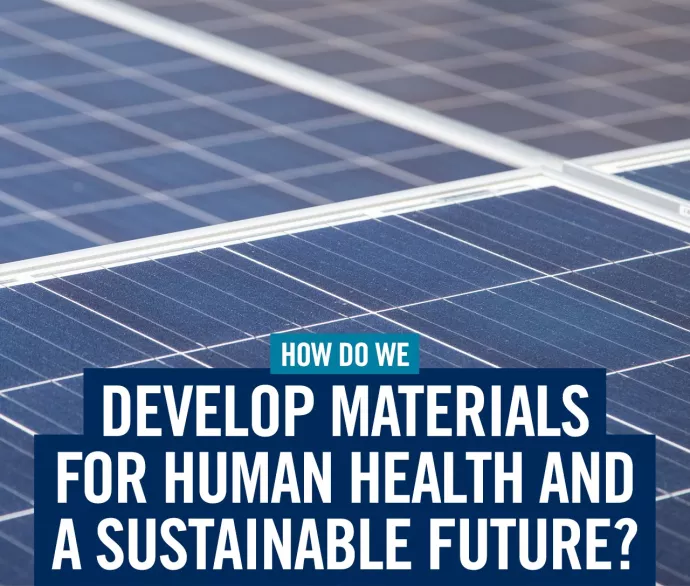
The solution to many of the most pressing global problems in human health and sustainability involves developing new materials that may one day allow us to reliably diagnose and treat diseases, make fuels and fertilizers from air and sunlight, store energy at will, or create super-strong and lightweight structural materials.
In the Department of Chemical and Physical Sciences, we are developing the know-how to make these materials. Our research ranges from developing of diagnostics and therapeutics to devising clean ways to make chemical feedstocks, to designing and synthesizing molecules that act as tiny, functional machines.
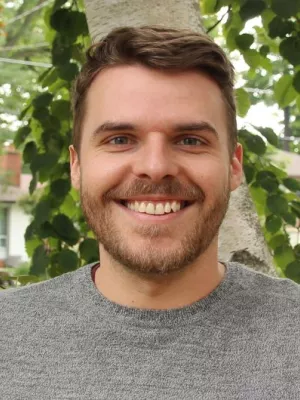
David Armstrong
Provides training in computational chemistry methods for studying organic and inorganic materials with applications in catalysis, diagnostics, and energy.
- Faculty Page
- Link to website
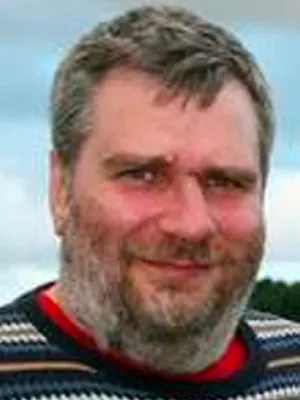
Virgis Barzda
Studies collagen based materials and develops harmonophores (i.e., novel visualization and theranostic probes for in vivo imaging).
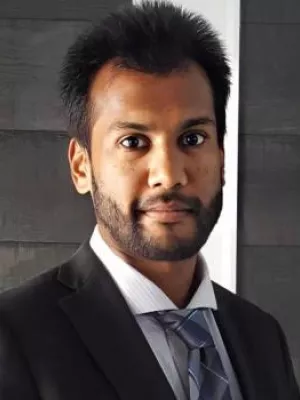
Andrew Beharry
Constructs small molecule probes to understand and treat various types of cancer.
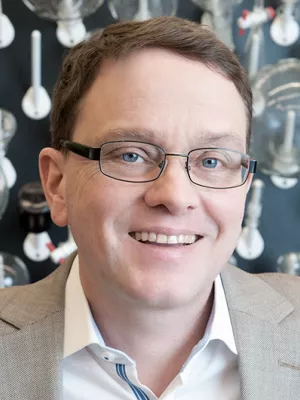
Ulrich Fekl
Synthesizes functional molecules, many of which contain metals, for future materials and for green and sustainable chemistry.
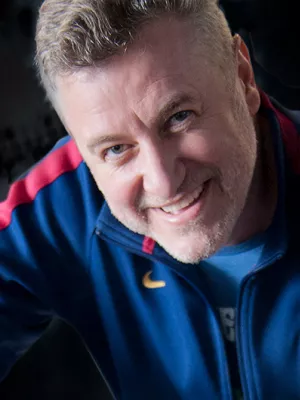
Claudiu Gradinaru
Uses single-molecule fluorescence spectroscopy to reveal conformations, interactions and dynamics of intrinsically disordered proteins and GPCR receptors.
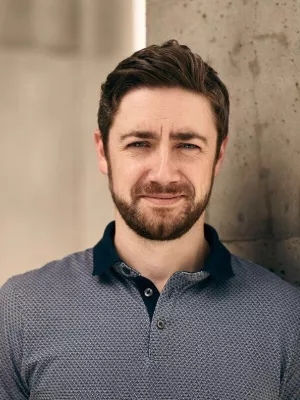
Patrick Gunning
Designs scaffolds to artificially suppress or up-regulate specific gene expression via manipulation of protein-protein interactions to treat cancer.
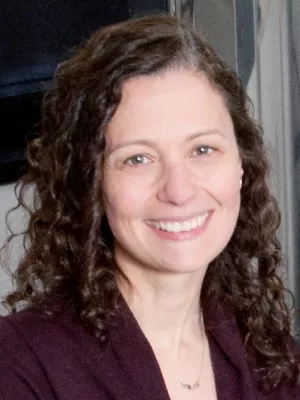
Voula Kanelis
Uses NMR spectroscopy and other biophysical tools to obtain molecular-level details of proteins (e.g. ABC transporters), and understand how genetic changes in proteins cause disease.
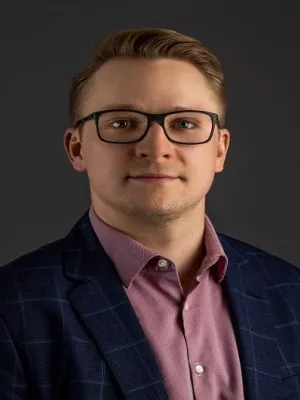
Maciej Korzyński
Uses a vast toolkit of synthetic inorganic chemistry to generate bespoke functional materials with applications in catalysis and long-term information storage.
- Faculty Page
- Link to website
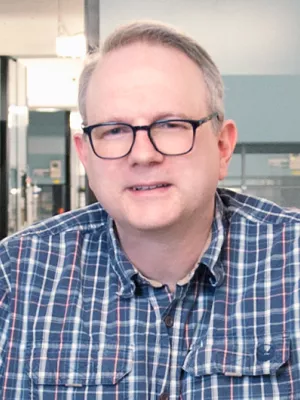
David McMillen
Uses synthetic biology approaches to design cell-based solutions to problems in sensing and human health, in Canada and in under-resourced global communities.
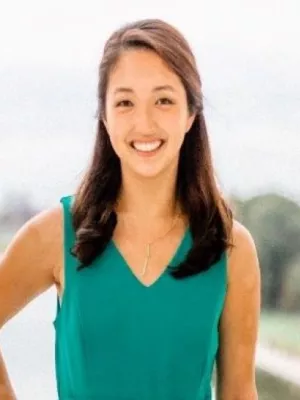
Alana Ogata
Studies nucleation and growth mechanisms of biominerals, such as bone and biosilica, using cryogenic transmission electron microscopy and single-molecule enzymology to design new bioinspired materials.
- Faculty Page
- Link to website
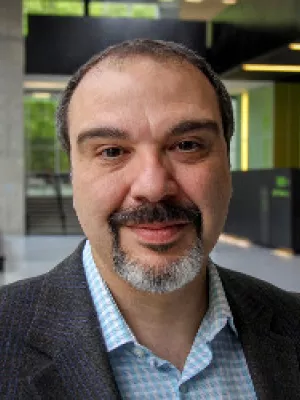
Paul Piunno
Provides interdisciplinary research opportunities for undergraduates for the development of sensor technologies within microfluidic constructs for diagnostic applications.
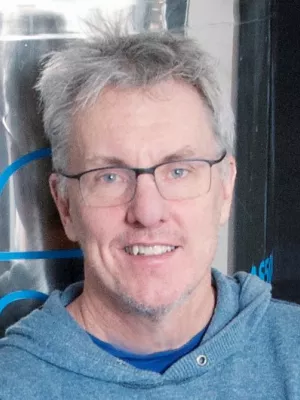
Scott Prosser
Uses NMR Spectroscopy to understand protein folding and misfolding, how enzymes function, and the dynamics of GPCR receptors.
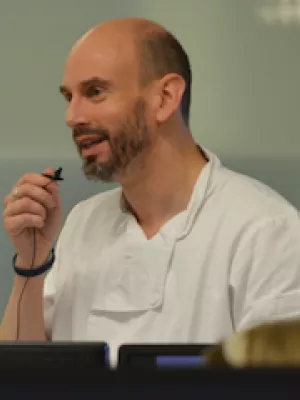
Leigh Revers
Cultivates scientists as innovators and entrepreneurs. Champions renewal of student engagement in organic chemistry through holistic approaches. Co-founder of two biotechnology start-up companies.
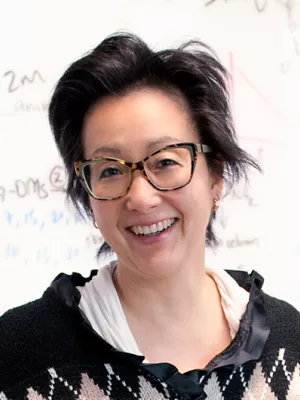
Jumi Shin
Designs proteins that serve as a template for synthesis of new drugs with potentially lower carbon footprint and waste.
